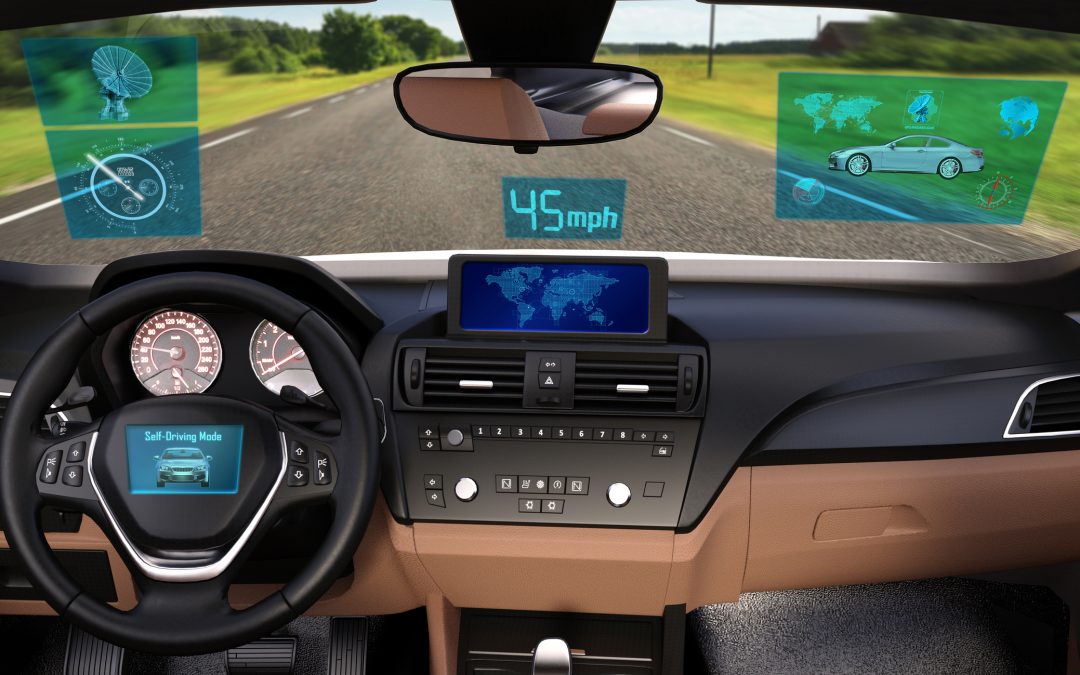Over the years, technology has made a huge difference in advancing the use of computer systems within our society. Our world has gone from using enormous computers that fill the space of an entire room to using small chips that can track the location of any living thing. Now, computer systems are being used to fulfill the great responsibility of self-driving cars. As with any technology, there are both benefits and risks to consider.
Vehicle Connectivity
Self-driving cars can be vulnerable when it comes to their connectivity. This is due in part to the fact that they are largely controlled by computer systems and depend on streams of data, often sourced from the internet. Self-driving cars are essentially huge computers riding on four wheels. A plethora of data has to be transferred through these computer systems in order to sense the overall environment around them and calculate the best ways to react in any given circumstance. The data that these self-driving computer-based machines receive gives important signals to the car about when to brake at a stoplight, yield to oncoming traffic, or, even wait for a pedestrian to cross the street. If something interferes with these signals from the outside world, it could be detrimental. Self-driving cars that are disconnected from the internet are vulnerable as well because even though they run based on their own locally based computer systems, there are still vital signals that could be missed or delayed, hence, causing an accident.
Ongoing Safety Concerns
Due to the fact that many self-driving cars transfer their data from the internet, just as a personal computer does, there are many variables of vulnerability as it pertains to hackers. In this way, the need for increased cybersecurity becomes a greater discussion. For example, researchers studying the security of self-driving cars in 2015 discovered how easy it is to hack into a self-driving vehicle’s computer system to disable the brakes even while a driver is sitting behind the wheel. This makes it very risky for individuals to ride in self-driving cars, as the safety precautions that the vehicle chooses to take are primarily based on the messages that it receives through data communications. Unfortunately, it is within the relaying of these messages and communications that self-driving cars become most vulnerable to the attack of hackers, especially if the vehicle’s connectivity is linked to the internet. There have already been several crashes involving driverless cars, and some of them have been fatal.
Measuring Driverless Car Safety
The parameters for measuring the safety of driverless cars are still being defined. Overall, the safety of driverless cars is being examined in comparison to that of human-driven cars. Some suggest that self-driving cars should be 10% safer while others are in favor of cars being 100% safer. The key issue at hand is in deciding how much safety constitutes enough to secure the lives of people and ensure a future for self-driving vehicles.
Although there are benefits to riding in self-driving vehicles, it is apparent that there are also risks. It is essential to take both into account. The hope is that the rise in technological findings will help us all find a healthy balance between both, the benefits and the risks.
Here’s another article we think you’ll like:
Have You Experienced a Data Breach? What to Do & What NOT to Do

